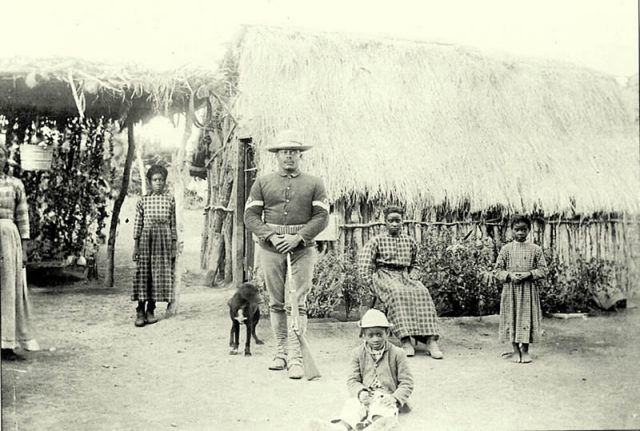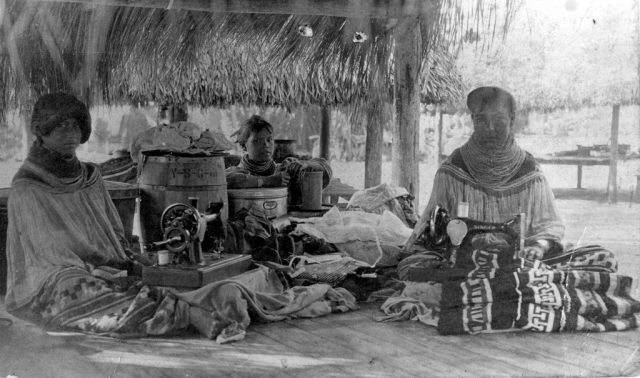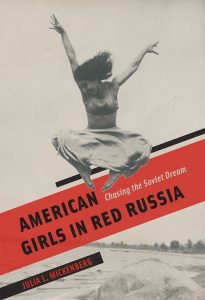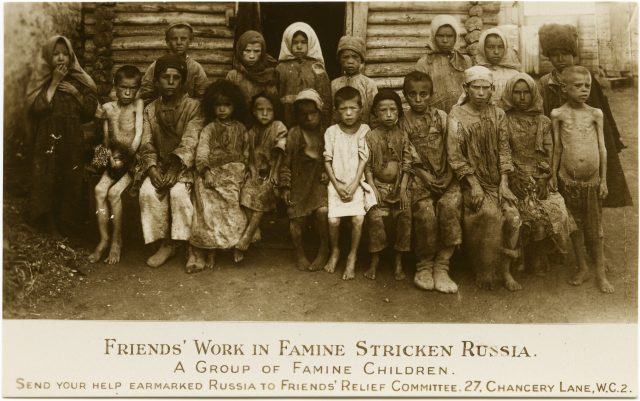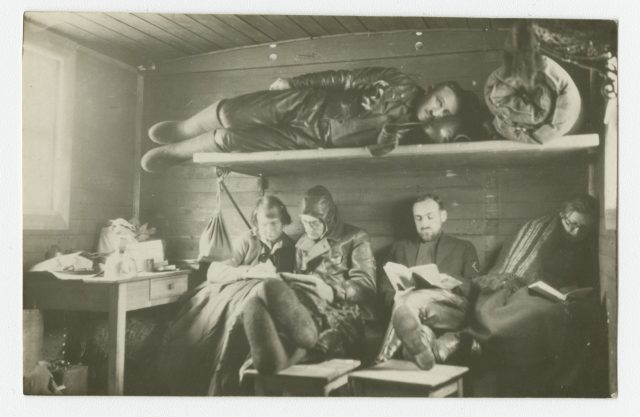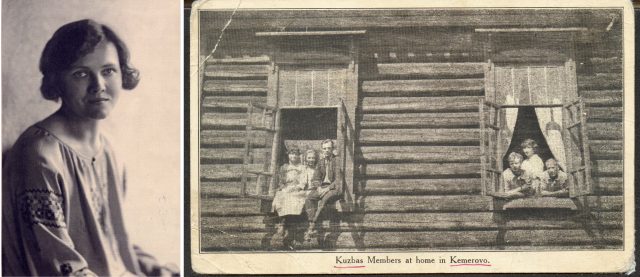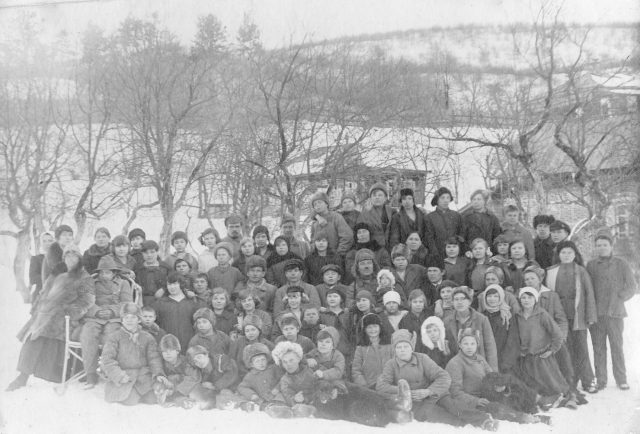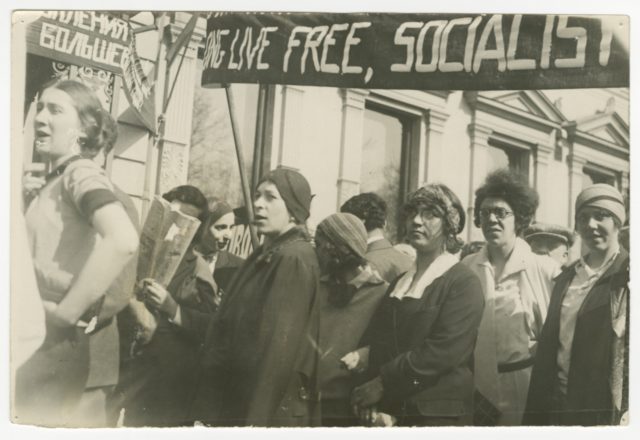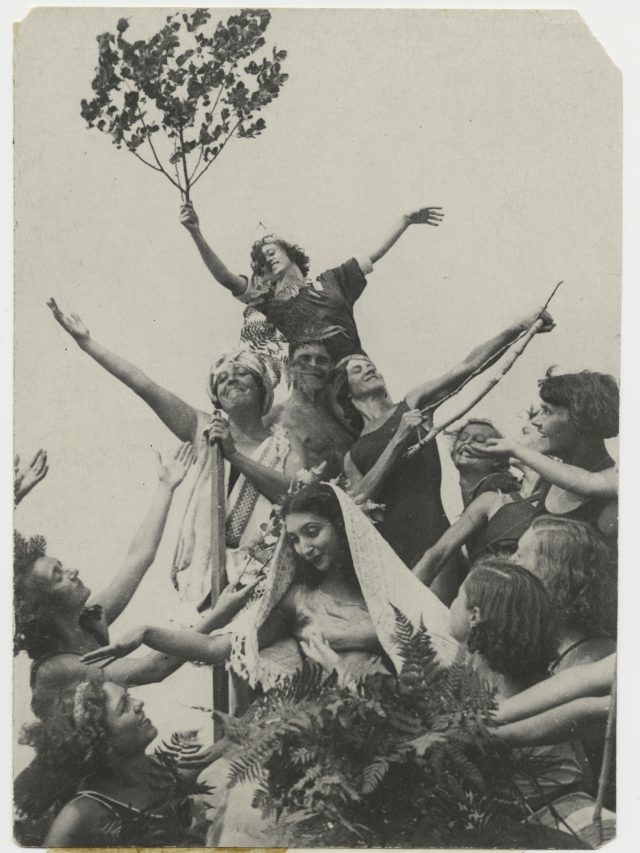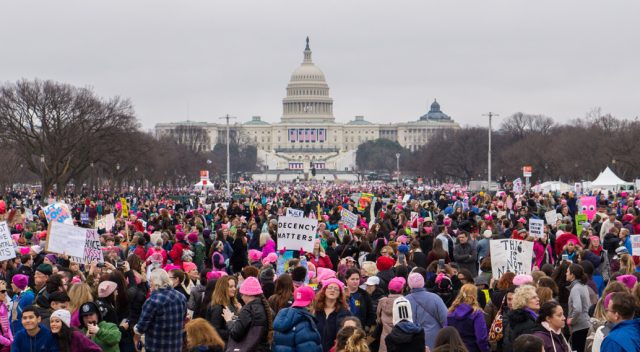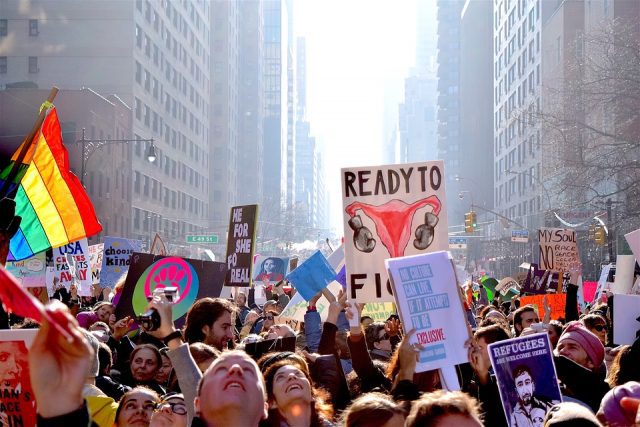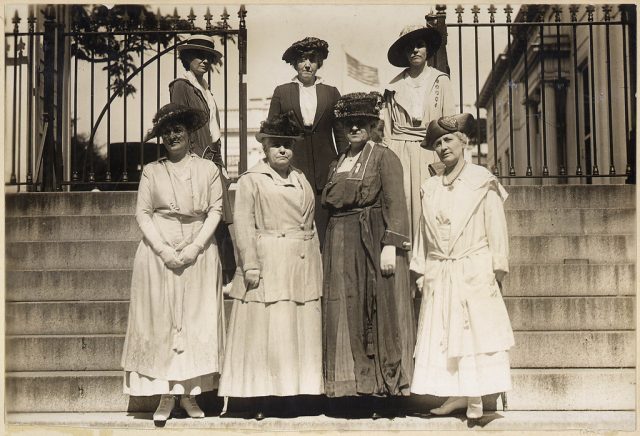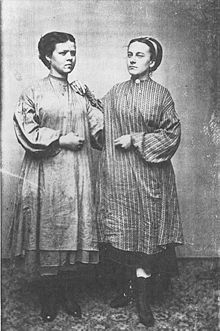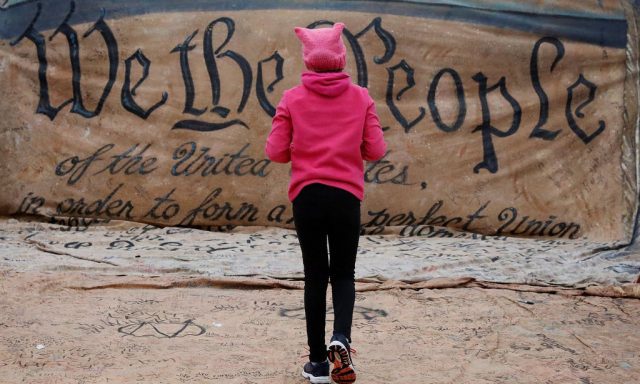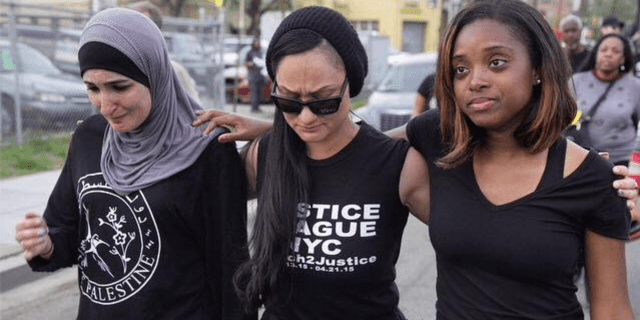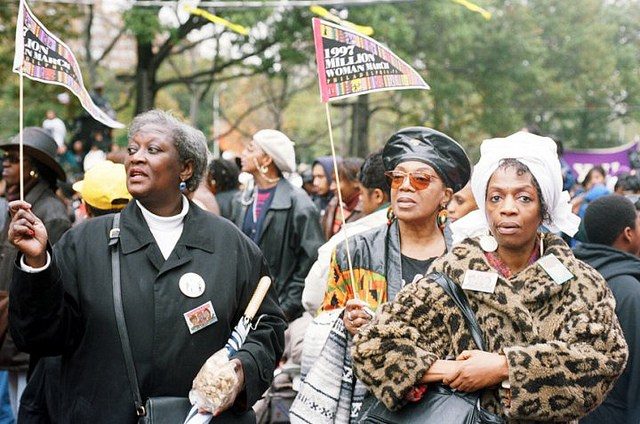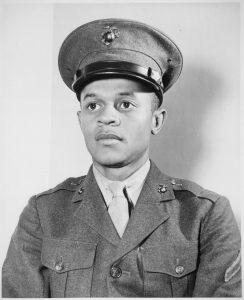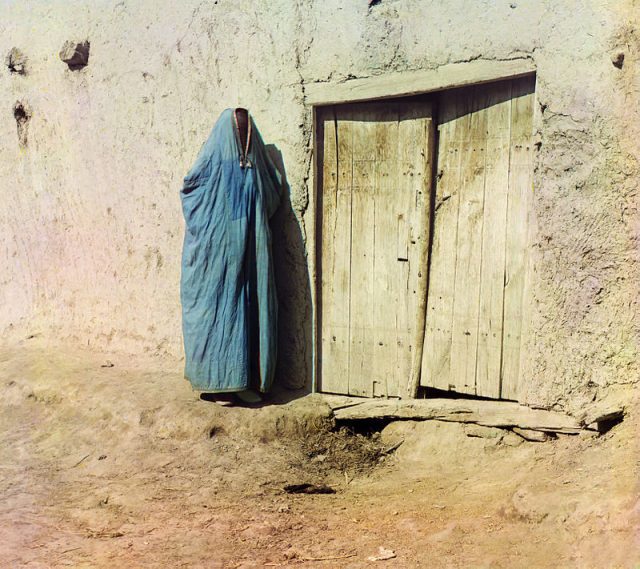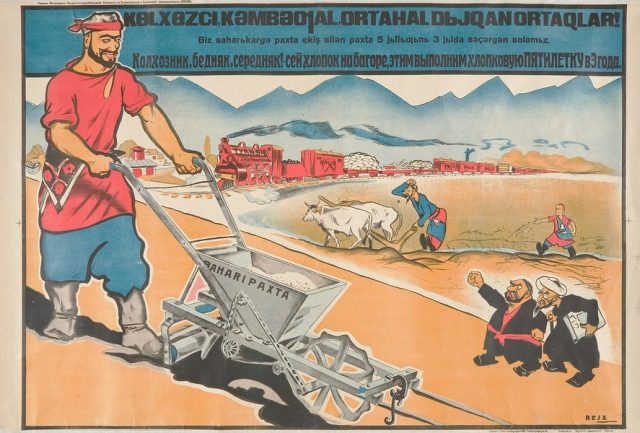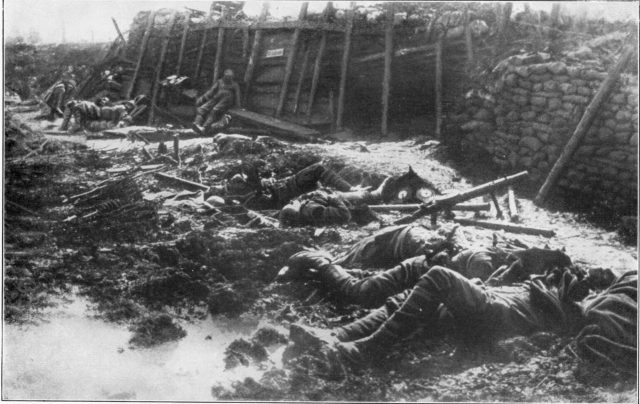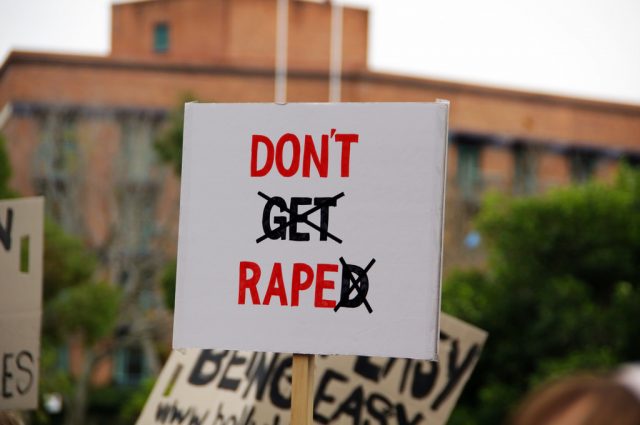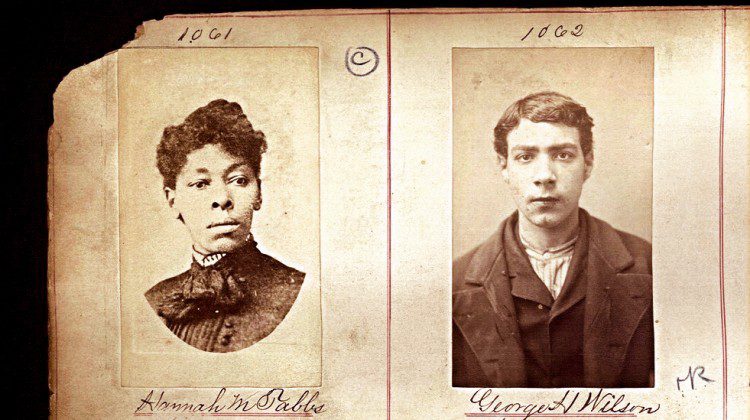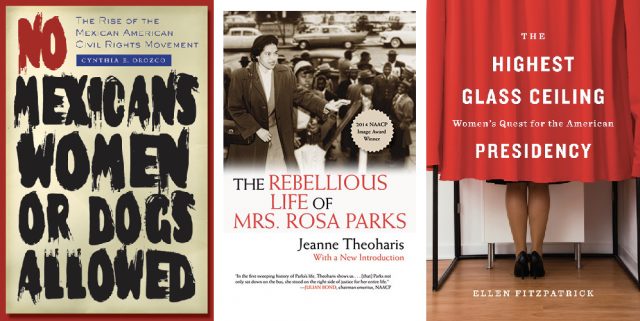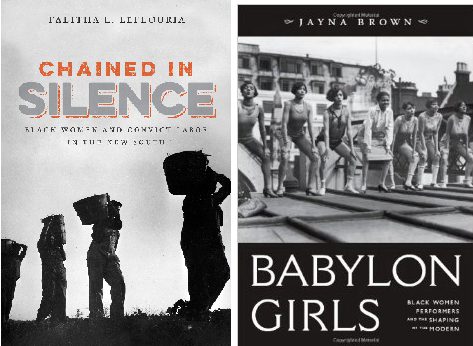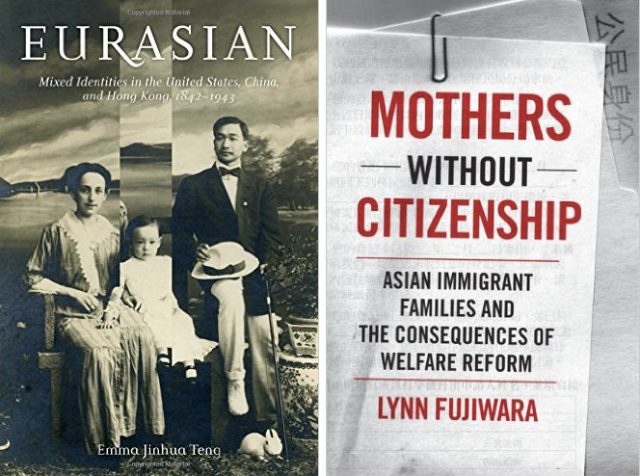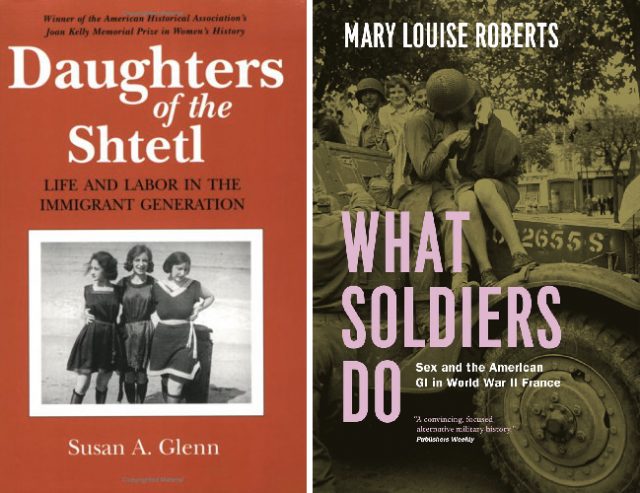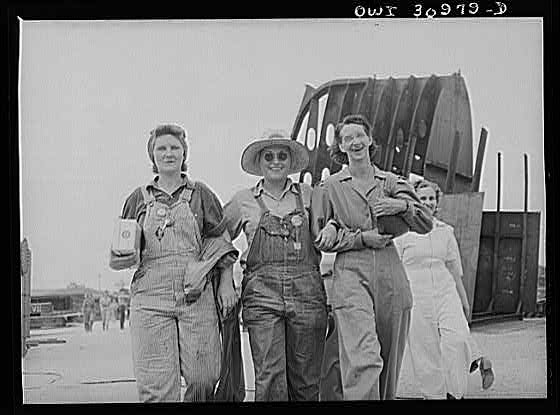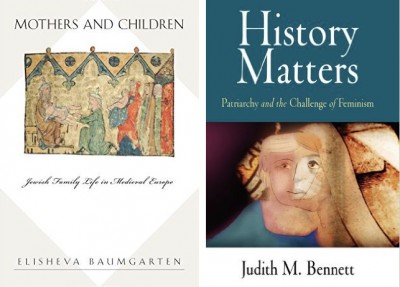On February 21, 1831, a petition containing the signatures of over 800 Connecticut residents was submitted to the United States Congress on behalf of the indigenous population in the South who were facing relocation. The petition acknowledged Native peoples as the “original proprietors of the soil” and its authors claimed that to remain silent would be criminal and cowardly. The petition was not unique, as archivists recognized when organizing it in a folder containing several other petitions with fairly similar appeals. The threat of the forced relocation of Native Americans caught the attention of many activists and benevolent societies in the North as well as the South.
Guaranteed by the first amendment, the right to petition is granted to individual Americans by the United States constitution, however, petitions were in effect long before the foundation of the United States and its Declaration of Independence from English rule. It has been a particularly useful tool for marginalized groups in the U.S. including Native and African Americans. Women were particularly engaged in petitioning efforts, advocating on behalf of others during the threat of indigenous removal, the anti-slavery and abolitionist movement, and eventually the women’s suffrage campaigns.
Nineteenth-century petitions had the potential for several unintended ramifications. They could receive a favorable a government response, but sometimes the response was negative, and in some cases, petitions were met with silence. The gag rule, for example, immediately tabled petitions related to the antislavery cause in Congress from 1834 until slavery was repealed in 1844. Nineteenth-century petitions served a purpose to the individual or group that canvassed for the petition, helping to add to a running list of potential supporters for future campaigns and movements. This function is helpful for historians who can use the locations and names of signatories in retracing the steps of canvassers.
The layout of each petition is also important. They typically included the statement of a grievance, support, or evidence, and a signatory list. The first name on the list was typically someone of importance or the sponsoring canvasser, so as to add validity and clout to the document. The consequent names were often divided into the categories of “legal voters”(white men), “women” (white women), “colored men,” “colored women”, etc. In some cases, that division came in the form of a line drawn down the middle of the signatory list or in the drafting of two separate petitions, one for “legal voters” and the other for women or people of color.
This brings me back to the petition from February 1831. Originally, I went to the National Archives and Records Administration in Washington D.C. in search of women and people of color who were involved in petitioning efforts. After several days of finding very little evidence of women’s involvement in anti-removal petitioning, I stumbled upon the petition in question. It was one of several files in a box in the dense Record Group 75, which contains documents from the Bureau of Indian Affairs. (RG 75 contains documents ranging from the BIA’s administrative history to records of the secretary of war, and correspondence and documents related to individual BIA tribal offices). This particular box contained petitions and memorials to the House of Representatives and the Senate related to forced Cherokee removal.
The statement of grievance consisted of several pages folded together with the third containing the start of a signatory list. The first and only signature on the final page of the petition belonged to Benjamin Tallmadge, a former Continental Army officer and Representative of Connecticut to the U.S. House. Attached to the original document with a red adhesive was the start of the first full page of signatures under “Litchfield,”, the first town canvassers stopped at in Connecticut. From Litchfield the petition was taken to Kent, Roxbury, New Milford, New Preston, Salisbury, Goshen, Norfolk, South Farms, Torrington, Northfield, Harwinton, Colebrook and Winchester.
By the time I’d unfolded the petition it was more than six feet long, contained more than 800 signatures from fourteen Connecticut towns, and at first glance, none of them belonged to women. Upon closer inspection though, I found a Sally, Caroline, and Martha who signed the document in Salisbury. Next to their names was a piece of paper glued to the original document with a red adhesive, comparable to the kind used to stick the different signatory lists together. It was just under a foot long and glued at all four corners. To my surprise, underneath the flap were the names of 30 women. I was ecstatic. Not only had I found evidence of a large number of women participating in this expansive petition, but their names had been covered up for reasons impossible to gather from the document itself. I immediately called an archivist over to ask whether the adhesive could be partially removed to see the full list of names. The archivist told me that a request for review would have to be submitted and that process takes up to several years, more than the time than I had in DC. Still the existence of a covered list of women’s names on this petition raises important questions about the open and surreptitious role of women in these petition drives.
So what conclusions can be drawn from this discovery? It is not clear at what point along the journey from Litchfield to Congress the names were added or when they were covered, whether the canvassers permitted women’s signatures initially but changed their minds, if the names were added afterwards and covered before finally being turned in, or, if there was something about the three women who signed below the men that made them different from the 30 or so that were covered up. Despite these uncertainties, it’s not unlikely that the names were covered up to prevent delegitimizing the document and the issues at stake. And for historians, this document provides important evidence of the involvement of women in nineteenth-century petitioning efforts, the social value of their signatures (or lack thereof), and overall, the thrill of archival research.
You may also like:
A Historian’s Gaze: Women, Law, and the Colonial Archives in Singapore by Sandy Chang
Secrecy and Bureaucratic Distancing: Tracing Complaints through the Guatemalan National Police Historical Archive by Vasken Markarian
Justin Heath reviews Peace Came in the Form of a Woman by Juliana Barr (2007)




